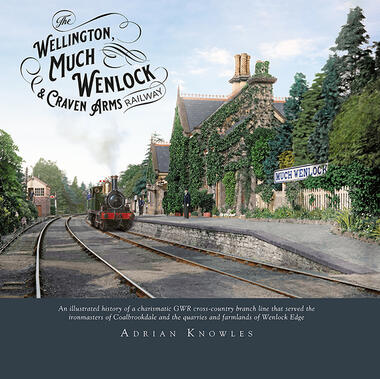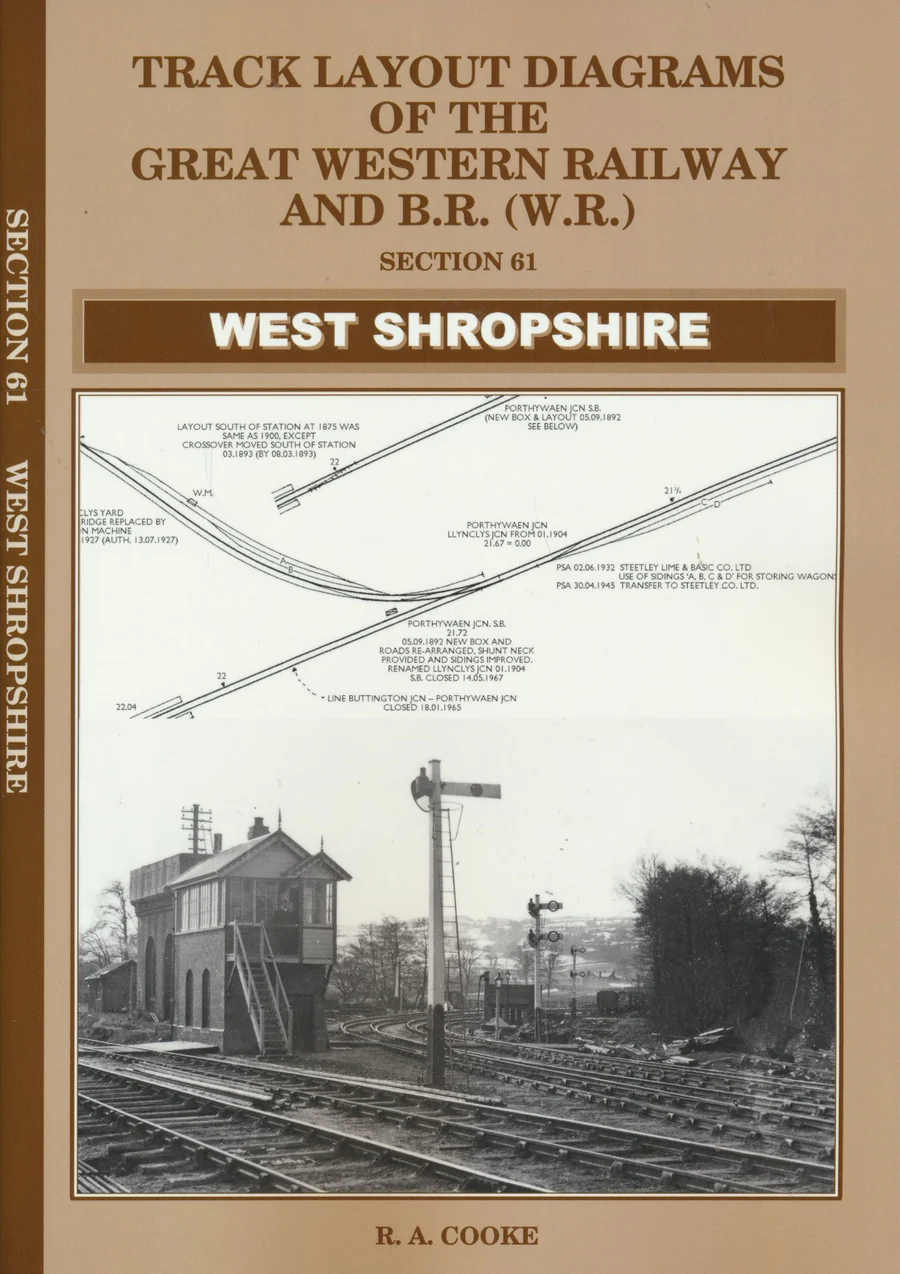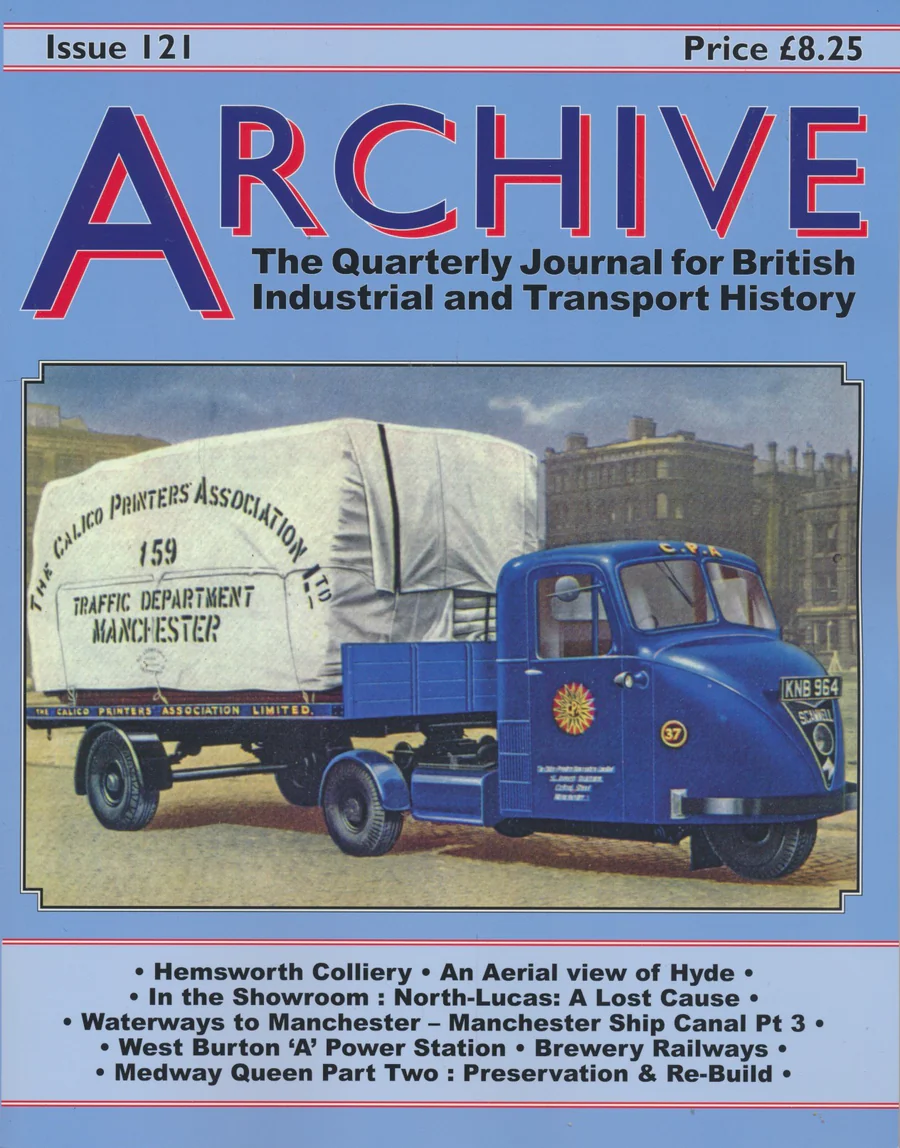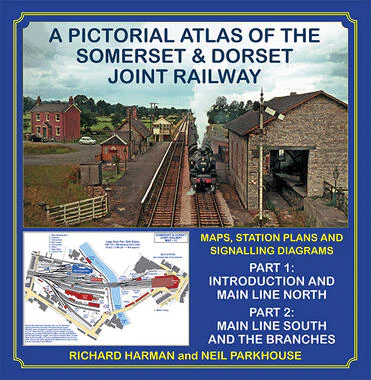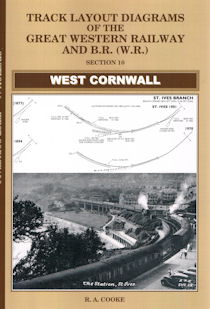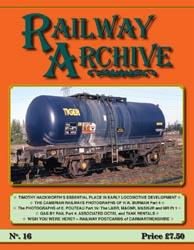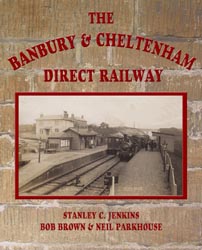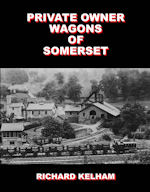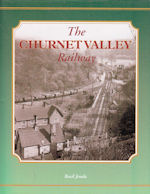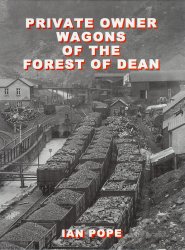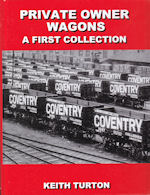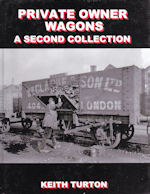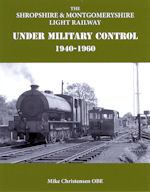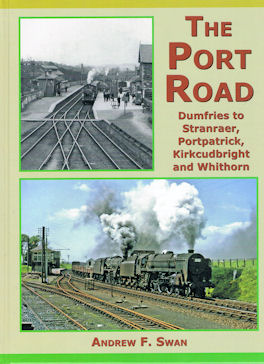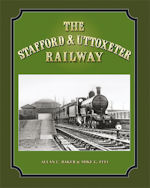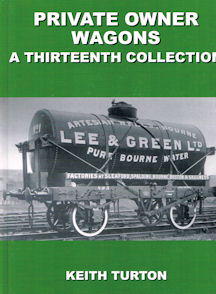The Broad Gauge Engines of the Great Western Railway Part 2: 1840-...

Published by: Lightmoor Press
Author: The Reverend Canon Brian Arman
The Broad Gauge Engines of the Great Western Railway Part 2: 1840-1845
144 pages. 275x215mm. Printed on gloss art paper, hard bound with laminated board covers.
In its first years of operation between 1838 and 1840, the Great Western Railway gained a deserved reputation for unreliability among the travelling public. Matters became so difficult that the railway was forced to suspend time-tabled operation in 1839, running trains only when sufficient locomotives and rolling stock were available. From this low point and following the introduction of a series of new, improved engines from the spring of 1840, the GWR progressed from being one of the railway’s ‘black sheep’ to a status of near preeminence by the mid 1840s. This achievement resulted from the meticulous design work undertaken by the GWR’s Locomotive Superintendent Daniel Gooch, always with the support and encouragement of Isambard Brunel and working with a dedicated team of draughtsmen and assistant engineers. The four classes of engines which were built between 1840 and 1842 set new standards of manufacturing standardisation and performance, which at the time and for some years to come were unequalled not only in Great Britain but in Continental Europe and the USA. Gooch’s genius was not confined to locomotive design; he was among the very first group of railway engineers to recognise the need for standardisation of parts and the manufacture of components. To this end he adopted Joseph Whitworth’s newly laid down standards for screw threads, taps and dies, etc, and was in the vanguard of those who recognised the need to adopt such practises in the wider engineering world. The story that unfolds in this second part of the story of the broad gauge motive power of the GWR, is thus an account of four groups of engines – the ‘Fire Fly’, ‘Sun’, ‘Leo’ and ‘Hercules’ classes – which achieved new levels of performance and reliability that had previously been unattainable, not only on the GWR but on any other railway in the kingdom. Once again the narrative is illustrated with a plethora of plans and drawings, along with an impressive number of early photographs, which all serve to bring these wonderful machines back to life.
Please contact us for a quote for shipping outside the UK Mainland before ordering.





